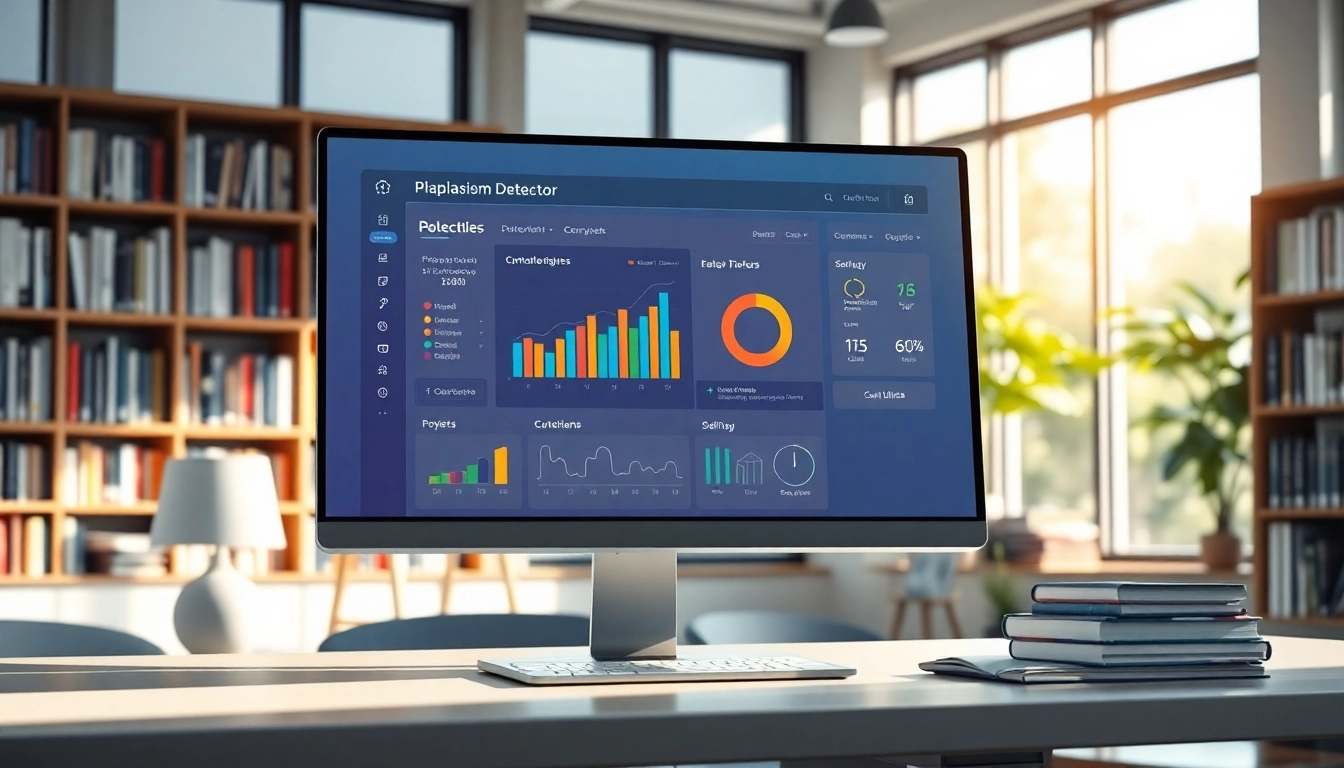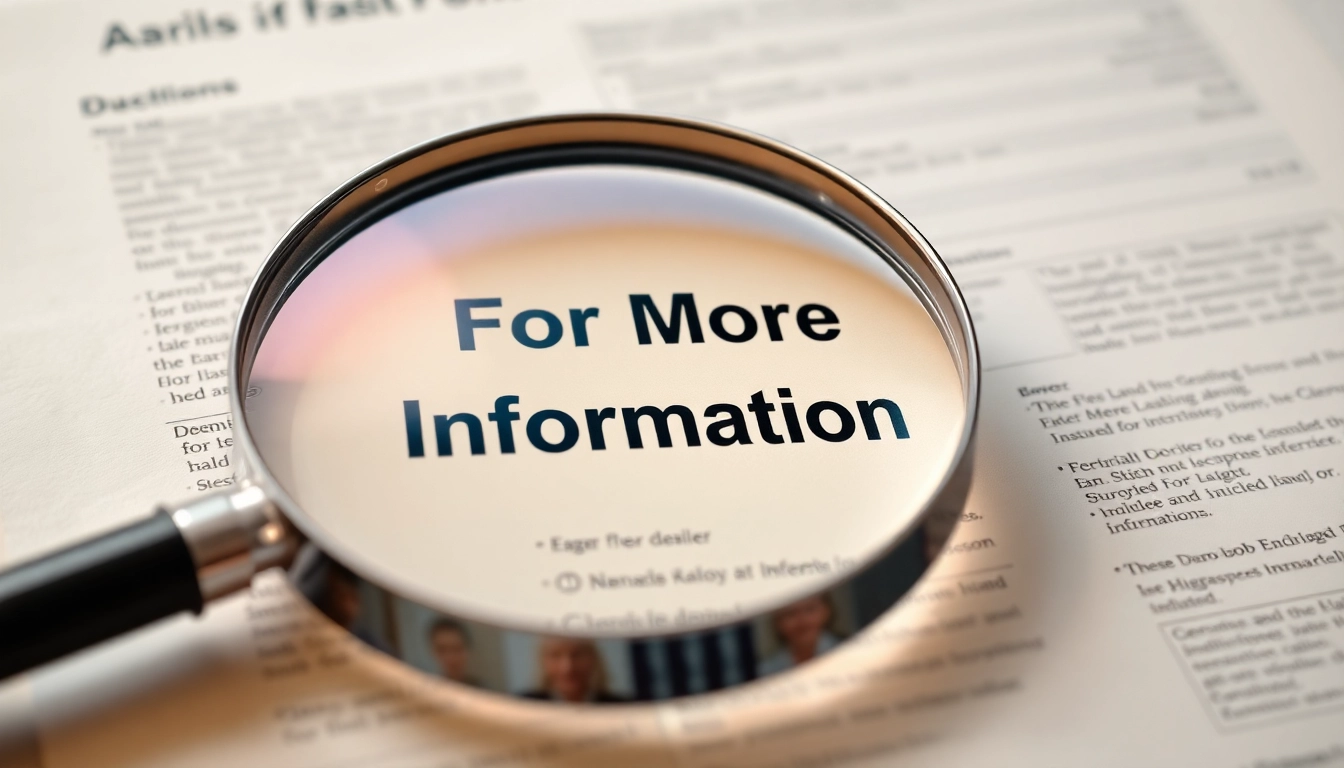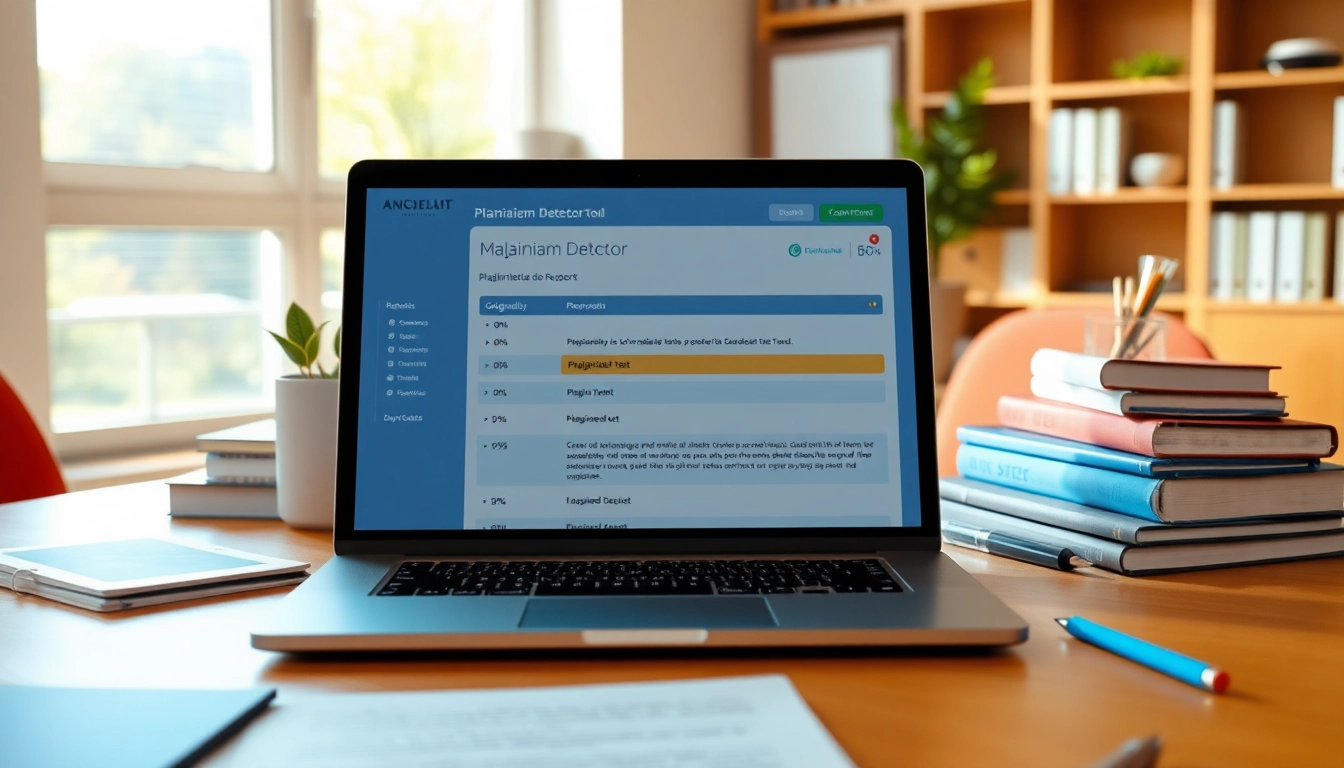Understanding the Importance of a Plagiarism Detector
In today’s digital age, where information is continuously shared and repurposed, maintaining academic integrity and originality is crucial. A plagiarism detector serves as an essential tool for students, educators, and professionals alike who seek to ensure that their writing is original and free from unwanted copied content. The use of plagiarism detectors can significantly enhance the credibility of written documents and promote a culture of originality and honesty in academic and professional settings.
What Is a Plagiarism Detector?
A plagiarism detector is a software tool designed to detect instances of plagiarism by comparing the submitted text against a database of existing works. It utilizes an array of algorithms to identify similarities between texts and highlight potential matches. These comparisons can include academic articles, books, websites, and even previously submitted documents. Some advanced detectors even examine the structure of sentences and the use of synonyms to detect cleverly paraphrased content. Commonly used tools include Turnitin, Grammarly, and Copyleaks, which help users ensure their work adheres to the principles of academic integrity.
Why Use a Plagiarism Detector?
The implications of plagiarism are serious, ranging from a loss of reputation to academic penalties. Using a plagiarism detector can help individuals avoid these repercussions by identifying unintentional instances of copying and allowing them to rectify these issues before submission. Additionally, these tools provide educational value by offering insights into writing practices, helping users understand the importance of citing sources appropriately and developing their unique voice. In situations where collaboration and information sharing are common, plagiarism detectors act as gatekeepers to uphold ethical writing standards.
Common Types of Plagiarism Detectors
Plagiarism detectors come in various forms, each with unique features tailored to specific user needs:
- Web-based Checkers: These are easily accessible online tools that allow users to paste text directly into a webpage for instant analysis. Examples include Plagscan and Duplichecker.
- Desktop Software: Designed for offline use, these programs are often preferred by institutions and researchers for their comprehensive databases and robust algorithms. Turnitin is a notable example.
- API Services: For businesses and developers, APIs enable the integration of plagiarism detection within other applications, allowing for seamless checks within custom software.
- Mobile Applications: With the rise of mobile technology, numerous apps provide users with the ability to check for plagiarism on-the-go, offering convenience for students and professionals alike.
How to Choose the Right Plagiarism Detector
With the variety of plagiarism detection tools available, selecting the right one can be challenging. Key considerations include:
Key Features to Look For
When evaluating plagiarism detectors, here are several features to consider:
- Database Size: The larger the database, the higher the chance of identifying potential plagiarism. Tools like Turnitin boast extensive academic databases that can catch more instances of copied content.
- Real-time Checking: Some plagiarism detectors can provide instant results, allowing users to quickly assess their text.
- Comprehensive Reports: A good tool should offer detailed reports indicating the percentage of copied content, sources of matches, and suggestions for improvement.
- Usability: User-friendly interfaces facilitate easier navigation and more efficient checks.
- Cost: While many free options exist, paid services often provide more robust features and increased accuracy. Evaluate whether the investment aligns with your needs.
Comparing Free vs. Paid Plagiarism Detectors
Free plagiarism detectors can be useful for basic checks, but they often have limitations such as lower accuracy, fewer sources, and insufficient depth in analysis. Paid services generally provide comprehensive features, detailed insights, and access to extensive databases, making them worthwhile for serious academic or professional usage. Users should review their needs carefully to determine which type will best serve their requirements.
Reviews and Recommendations
Before choosing a plagiarism detector, it’s advisable to consult reviews and recommendations from credible sources. Factors such as user experiences, accuracy rates, speed, and customer support can greatly influence the effectiveness of the tool. Communities such as academic forums, educational institutions, and tech reviews can provide valuable insights into the best options available on the market.
Using a Plagiarism Detector Effectively
To maximize the benefits of a plagiarism detector, users must understand how to input text correctly, interpret results, and take steps to revise their content after detection.
Best Practices for Inputting Text
Effective use of a plagiarism detector begins before the textual content is even analyzed. Consider these best practices:
- Text Formatting: While many tools accept plain text, ensure that your document is properly formatted to enhance readability.
- Segmentation: If analyzing large documents, segment the text to avoid overwhelming the detector and to facilitate a more focused check.
- Use of References: Include proper references and citations when submitting research work, as this helps the software differentiate between original thought and sourced material.
- Revisions: Before submitting the text for analysis, review it for grammatical errors and unclear passages, which may mislead the detector.
Interpreting the Results
Once results are generated, understanding the data is key. Most detectors provide a percentage score indicating the amount of text identified as potentially plagiarized. It’s important to drill down into the details, including:
- Source Matches: Review the sources that were flagged to understand where the content overlaps occurred.
- Types of Plagiarism: Identify whether the matches were verbatim copying, paraphrasing, or improper citation.
- Recommendations: Take note of suggestions for revising the flagged sections to improve originality.
Steps to Revise Plagiarized Content
To ensure that your work is original, follow these steps after identifying flagged sections:
- Paraphrase: Rewrite the sections using your own words while maintaining the original meaning.
- Cite Properly: If certain phrases or ideas cannot be rephrased, ensure proper citations are included to credit the original authors.
- Consult Style Guides: Adhere to the specific citation style required for your discipline (APA, MLA, Chicago, etc.) to avoid accidental plagiarism.
- Use Quotation Marks: When directly quoting text, use quotation marks and cite appropriately.
- Feedback: Seek feedback from colleagues or mentors on your revisions to ensure clarity and originality.
Integrating Plagiarism Detection into Academic Workflows
Integrating plagiarism detectors into academic workflows can enhance the writing process and promote a culture of originality among students and professionals.
Incorporating Detectors in the Writing Process
To foster a culture of integrity, students and educators should incorporate plagiarism detection as a natural part of their writing workflow. This includes:
- Drafting Early: Encourage students to draft sections of their work and use a plagiarism detector before finalizing their content.
- Teaching Tool: Instructors can utilize these tools not only to check student submissions but also as teaching aids, showcasing how to properly reference and paraphrase.
- Regular Checks: Promote the habit of checking work at multiple stages, especially during collaborative projects where multiple authorship may introduce unintentional overlaps.
Using Plagiarism Detectors for Research Papers
Research papers are particularly vulnerable to plagiarism, as they synthesize information from multiple sources. To avoid misconduct, researchers and students should consider the following:
- Pre-submission Checks: Always run the final draft through a plagiarism detector to catch overlooked citations or paraphrases.
- Documenting Sources: Maintain accurate records of all sources consulted to ensure proper referencing and citation in the final paper.
- Institutional Policies: Familiarize yourself with your institution’s policies regarding plagiarism and the appropriate use of detectors.
Educating Peers on Plagiarism Detection
Promoting awareness of plagiarism detectors can bolster institutional integrity. This can be achieved through:
- Workshops and Seminars: Host events to educate students on the importance of originality and how to utilize these tools effectively.
- Resource Sharing: Provide access to plagiarism detection tools and materials encouraging best practices in writing across departments.
- Encouraging Open Dialogue: Foster discussions among peers on the ethical considerations surrounding plagiarism and the value of original work.
Future Trends in Plagiarism Detection Technology
As technology evolves, plagiarism detection tools are becoming increasingly sophisticated. Emerging trends include advancements in artificial intelligence (AI), machine learning algorithms, and ethical considerations.
AI and Machine Learning Innovations
The integration of AI and machine learning into plagiarism detection tools promises enhanced accuracy and efficiency. These innovations can:
- Improved Detection Algorithms: Advanced algorithms can analyze writing styles and contextual similarities in unprecedented ways.
- Real-time Feedback: AI-driven tools could provide users with real-time suggestions for editing and revising content as they write.
- Adaptive Learning: Future systems may be able to learn from user interactions, tailoring suggestions and feedback based on individual writing habits.
Ethical Considerations in Plagiarism Detection
Plagiarism detection technology must balance efficacy with ethical concerns. Essential considerations include:
- Privacy Concerns: Users must be assured that their submissions will remain confidential and will not be stored in a database for future comparisons without consent.
- False Positives: Tools need to minimize misidentifications that could unfairly accuse individuals of plagiarism.
- Bias in Algorithms: Developers must ensure that algorithms are free from bias, ensuring that different writing styles are accurately assessed.
The Role of Plagiarism Detectors in Academic Integrity
Plagiarism detectors are shaping the future of academic integrity by promoting a deeper understanding of originality in writing. Their role involves:
- Fostering a Culture of Originality: By utilizing these tools, academic institutions can reinforce the value of original work and reduce instances of dishonesty.
- Educating Users: Schools and universities can use these detectors as educational tools, helping to guide users in understanding how to research, cite, and produce original content responsibly.
- Policy Development: Institutions may work to develop clearer policies regarding plagiarism and the acceptable use of detection tools, facilitating fair practices across educational environments.



